Name a Galaxy
Basic Galaxy Types
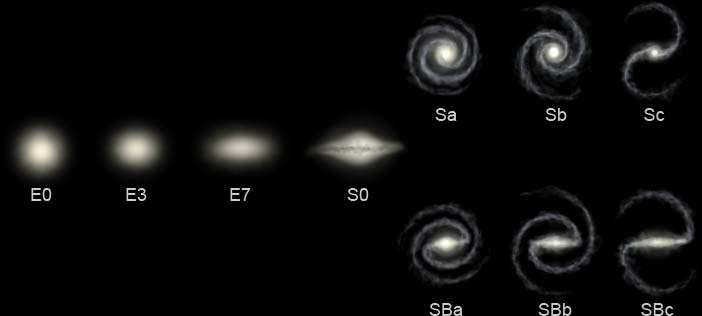
Photo by Ville Koistinen CC
It's an Enormous Universe
In October 2016, NASA and the European Space Agency announced that there are about 10 times more galaxies in the universe than they had previously thought -- not 200 billion, but 2 trillion galaxies. A single galaxy contains anywhere from 10 million to one trillion stars. Altogether, all the stars in all the galaxies approximately equals the number of grains of sand on planet Earth.
In addition to my personal curiousity about the extraterrestrial possibilities of intelligent life on other planets and the ways such people might live, I'm fascinated by the shapes of galaxies, some of which are true masterpieces of celestial art. Galaxies come in three basic types: ellipticals, spirals, and irregulars. A spiral sub-type is the barred spiral. Our Milky Way galaxy is a barred spiral.
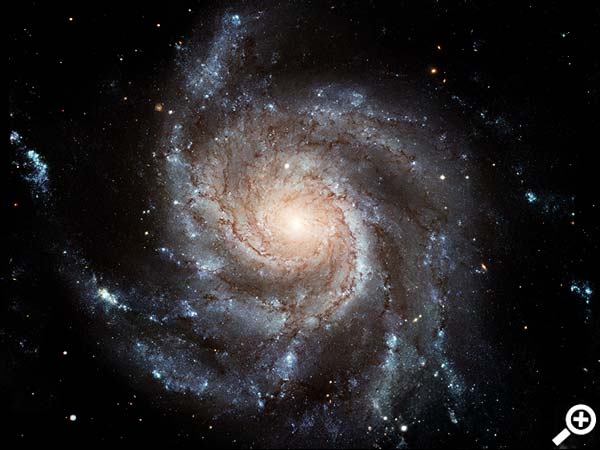
Spiral Galaxy
The most common type of galaxy is the spiral galaxy. The spiral form is similar to that of conch shells and many other living systems found in nature on planet Earth. The picture shown here is of the Pinwheel Galaxy.
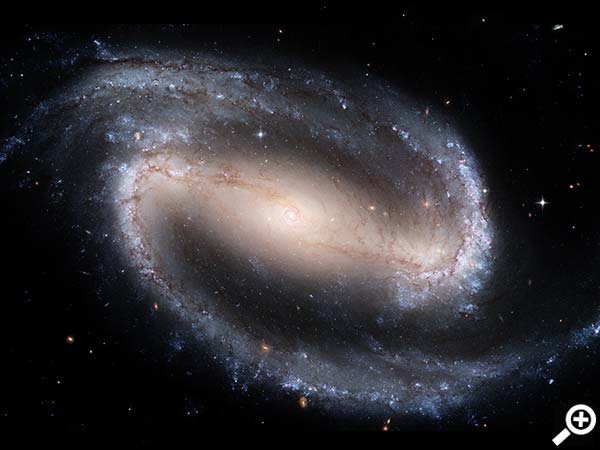
Barred Spiral Galaxy
Over 50% of spiral galaxies are actually barred spiral galaxies, which means that instead of a round center, the center has an elongated bar of stars extending hundreds of thousands of light years. The Spitzer Space Telescope recently discovered that our own Milky Way Galaxy is a barred spiral.
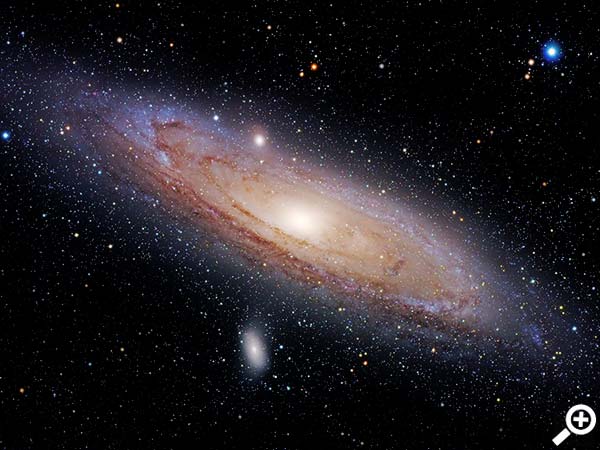
Elliptical Galaxy
The only galaxy outside the Milky Way that can be seen without a telescope is the Andromeda Galaxy, a large elliptical galaxy in the constellation Andromeda. Elliptical galaxies are made up of stars that are older than other types of galaxies. Interesting fact: the Andromeda Galaxy is predicted to crash into our Milky Way Galaxy in 5 billion years.
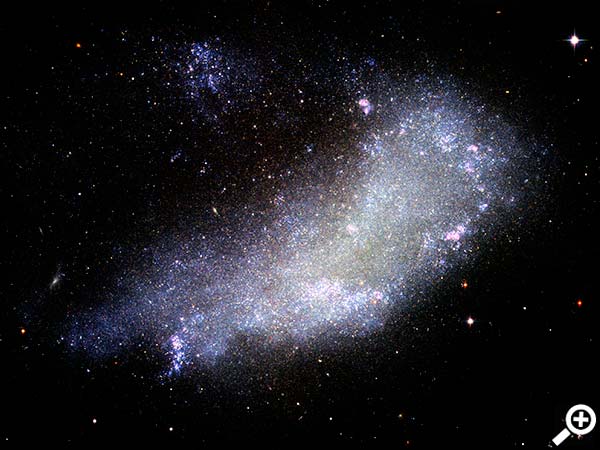
Irregular Galaxy
An irregular galaxy has no defined shape. As many as 25% of all galaxies are irregular. They tend to be smaller galaxies that may have been shaped by having interacted with larger galaxies. The Magellanic Clouds, which is only visible in the Southern Hemisphere, are the only irregular galaxies that can be seen from Earth without a telescope.
When you name a galaxy for someone, its Dedication Page will show a picture of one of these basic galaxies. Since galaxies vary in size, brightness and distance from the Earth, it is not possible to publish a picture of every named galaxy. But the galaxy you have named will look like one of these four examples -- which are images of galaxies close enough to Earth to be seen and photographed clearly.
Regardless of their size or shape, any named galaxy will contain billions of stars, nebulae and planets. The mathematical statistics for the existence of extraterrestrial life on at least one of these planets is very compelling!